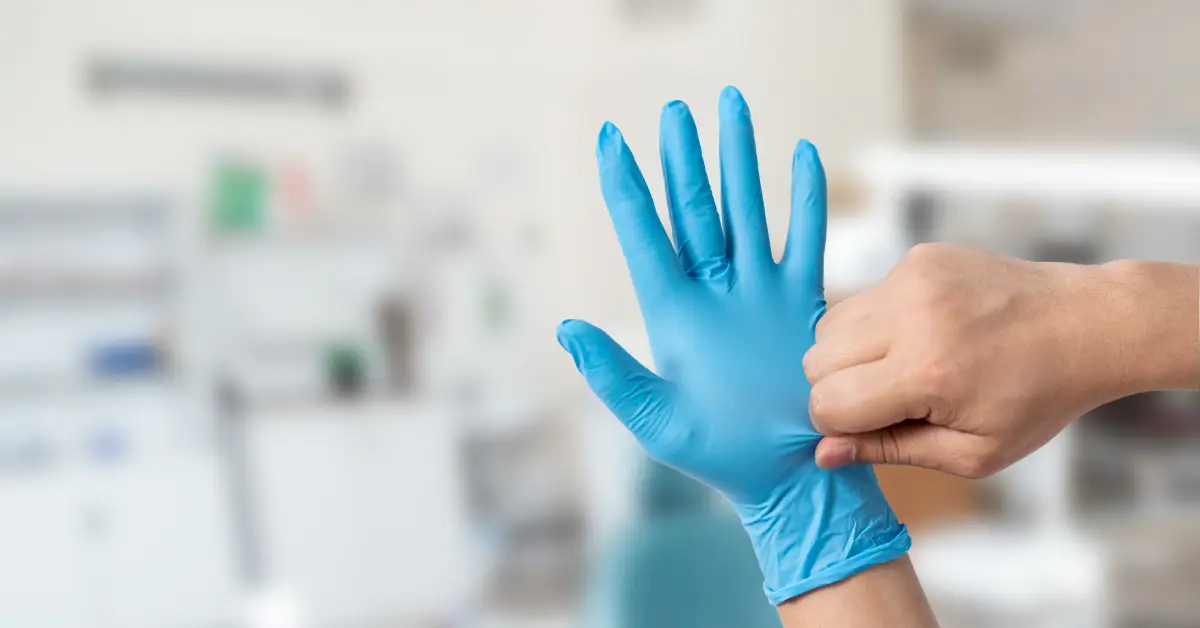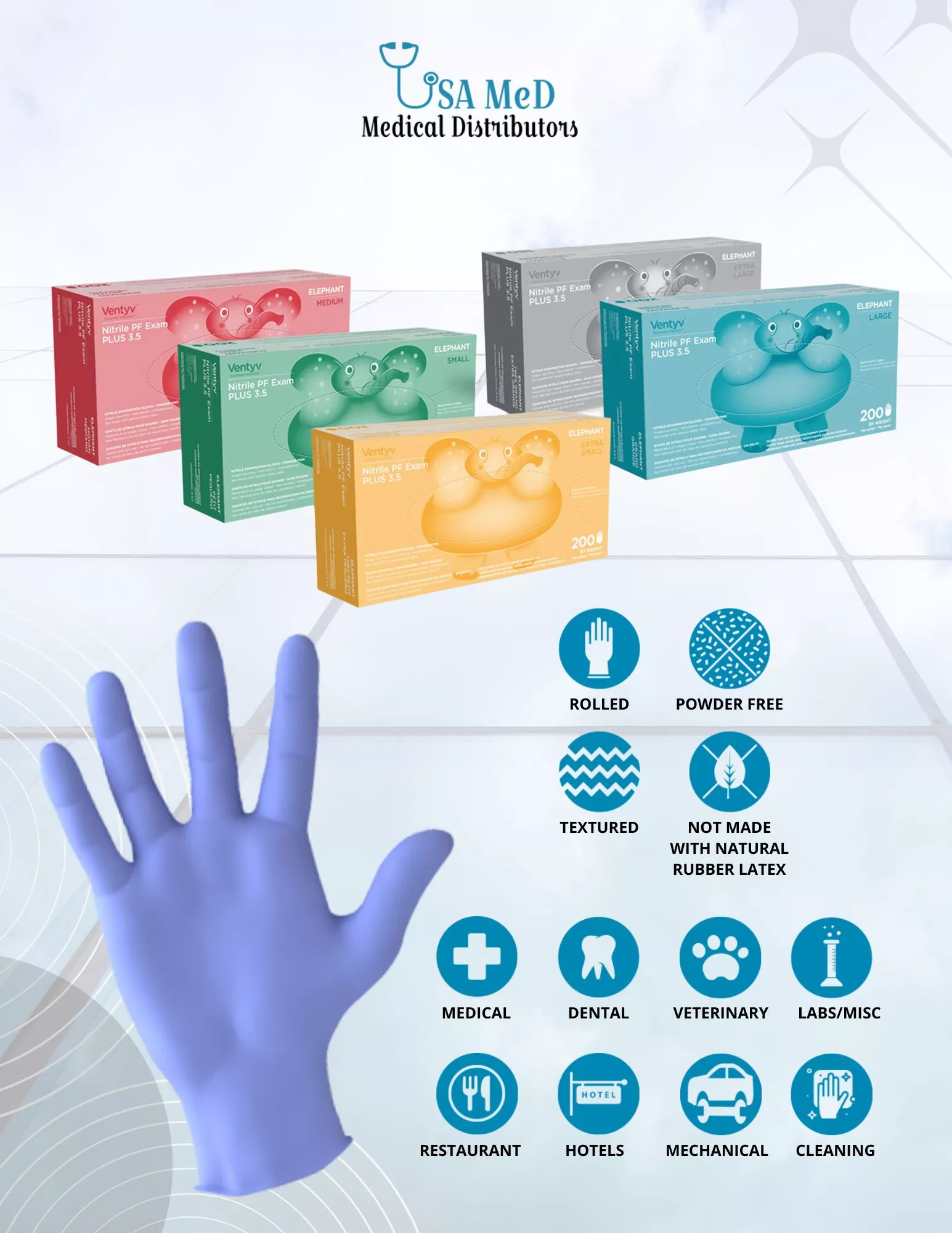
What Is Nitrile Plastic? Understanding Its Composition
What is Nitrile Plastic? An Overview of Its Properties Nitrile plastic, often confused with nitrile rubber, is a synthetic copolymer made from acrylonitrile and butadiene.


It is important for individuals at risk to have a good understanding of latex allergies. Symptoms of latex allergy may vary in severity, commonly showing as skin reactions like rashes. Have you ever wondered about the specific cause of this rash?
Latex allergies develop when the immune system reacts to the proteins existing in natural rubber latex, which is commonly used in products like gloves, balloons, and condoms. There are primarily two types of latex allergies: irritant contact dermatitis and allergic contact dermatitis. The former is caused by direct irritation of the skin due to frequent exposure to latex, while the latter involves an immune response that can occur even after just one exposure.
Treating a latex allergy rash requires prompt action. To alleviate symptoms, using over-the-counter antihistamines and topical corticosteroids can be beneficial. However, it is crucial to completely avoid further contact with latex products to prevent exacerbating the allergy. Knowing the reasons behind a latex rash not only helps in providing proper treatment but also allows individuals to make decisions about their exposure to potential risks.
Identifying the symptoms of a latex allergy rash is crucial for effective treatment and prevention. If you suspect you may have a latex allergy, it’s essential to recognize the signs early on. Common symptoms include redness, itching, and swelling at the site of contact with latex products. In some cases, individuals may also experience hives or a more widespread rash.
The key to treating a latex allergy rash lies in prompt action. If you notice these latex rash signs, it’s important to wash the affected area with soap and water immediately to remove any residual latex proteins. Over-the-counter antihistamines can provide relief from itching and discomfort, but if your symptoms persist or worsen, seeking medical advice is imperative.
Understanding the symptoms of latex allergy is not just about managing an immediate reaction; it’s about empowering yourself to avoid future exposure. By identifying these indicators and taking suitable measures, you can efficiently control your situation and take the lead a more comfortable life free from the triggers of latex allergies.
When it comes to treating a latex allergy rash, many individuals seek natural treatments that can provide relief. Home remedies offer a compelling alternative for those looking to soothe their skin and alleviate discomfort. One of the most effective natural treatments for latex rash is aloe vera. Known for its calming qualities, aloe vera gel can help lessen inflammation and redness while promoting healing.
To utilize the benefits of aloe vera, simply apply fresh gel directly from the plant onto the affected area. Its cooling effect not only calms irritation but it also moisturizes the skin, making it a superb option for individuals suffering from rashes caused by latex exposure. Additionally, incorporating other natural remedies such as oatmeal baths or chamomile compresses can further enhance your treatment regimen. These gentle solutions work synergistically to alleviate symptoms and restore your skin’s health.
Incorporating these home remedies into your routine not only addresses immediate discomfort but also empowers you with simple tools to manage latex allergy reactions effectively. Embracing natural treatments allows you to take control of your health while minimizing reliance on synthetic medications—an approach that resonates deeply in today’s wellness-focused world.
When it comes to treating a latex allergy rash, over-the-counter treatments can provide effective relief and help you regain comfort. Antihistamines for latex rash are a popular choice, as they work to block the histamine response that causes itching and swelling. By alleviating these symptoms, antihistamines allow you to go about your day without the constant distraction of discomfort.
In addition to antihistamines, hydrocortisone cream usage is another powerful option for managing localized inflammation. This topical corticosteroid reduces redness and irritation, providing much-needed relief from the rash. Simply apply it as directed on the affected area for optimal results.
Moreover, various topical treatments for allergic reactions are available that can soothe the skin and promote healing. From soothing gels containing aloe vera to oatmeal-based lotions designed specifically for irritated skin, these products offer targeted relief that can make a significant difference in your recovery process.
In conclusion, understanding latex allergies is essential for anyone at risk, as it enables effective management and prevention of symptoms. The range of reactions—from mild skin irritations to severe allergic responses—highlights the importance of recognizing the signs early on. Prompt treatment options, including over-the-counter antihistamines and natural remedies like aloe vera, can significantly alleviate discomfort and promote healing. By equipping individuals with information about their situation and the options available treatments, we can foster a proactive approach to avoiding future exposure to latex products. Ultimately, being informed not only enhances personal health but also contributes to a more comfortable lifestyle free from the triggers associated with latex allergies.

What is Nitrile Plastic? An Overview of Its Properties Nitrile plastic, often confused with nitrile rubber, is a synthetic copolymer made from acrylonitrile and butadiene.

Understanding the Importance of Proper Glove Fit Understanding the importance of proper glove fit is essential for anyone who relies on gloves for protection, comfort,

Introduction: Why Healthcare Gloves are Crucial in Medical Settings In medical settings, healthcare gloves play a pivotal role in ensuring the safety and well-being of

Common Applications of Nitrile Gloves in Various Laboratory Environments Nitrile gloves have become a staple in laboratory environments due to their durability, chemical resistance, and

Factors Influencing the Reusability of Disposable Gloves When it comes to the reusability of disposable gloves, several factors come into play that can significantly impact
Driven by a passion for excellence, our mission is to consistently deliver the highest quality products at the most affordable prices. We aim to exceed customer expectations, creating value and trust.


Phone Number: (239) 266 -1290
Email Addresses:
sales@usamedicaldistributors.com
customercare@usamedicaldistributors.com
Mailing Address :
501 Goodlette, Frank Rd N A105, Naples, FL 34102
Copyright 2022 – 2024. USAMED Medical Distributors. All rights reserved.
Privacy Policy | Return and Refund Policy
| Website by M. Escober